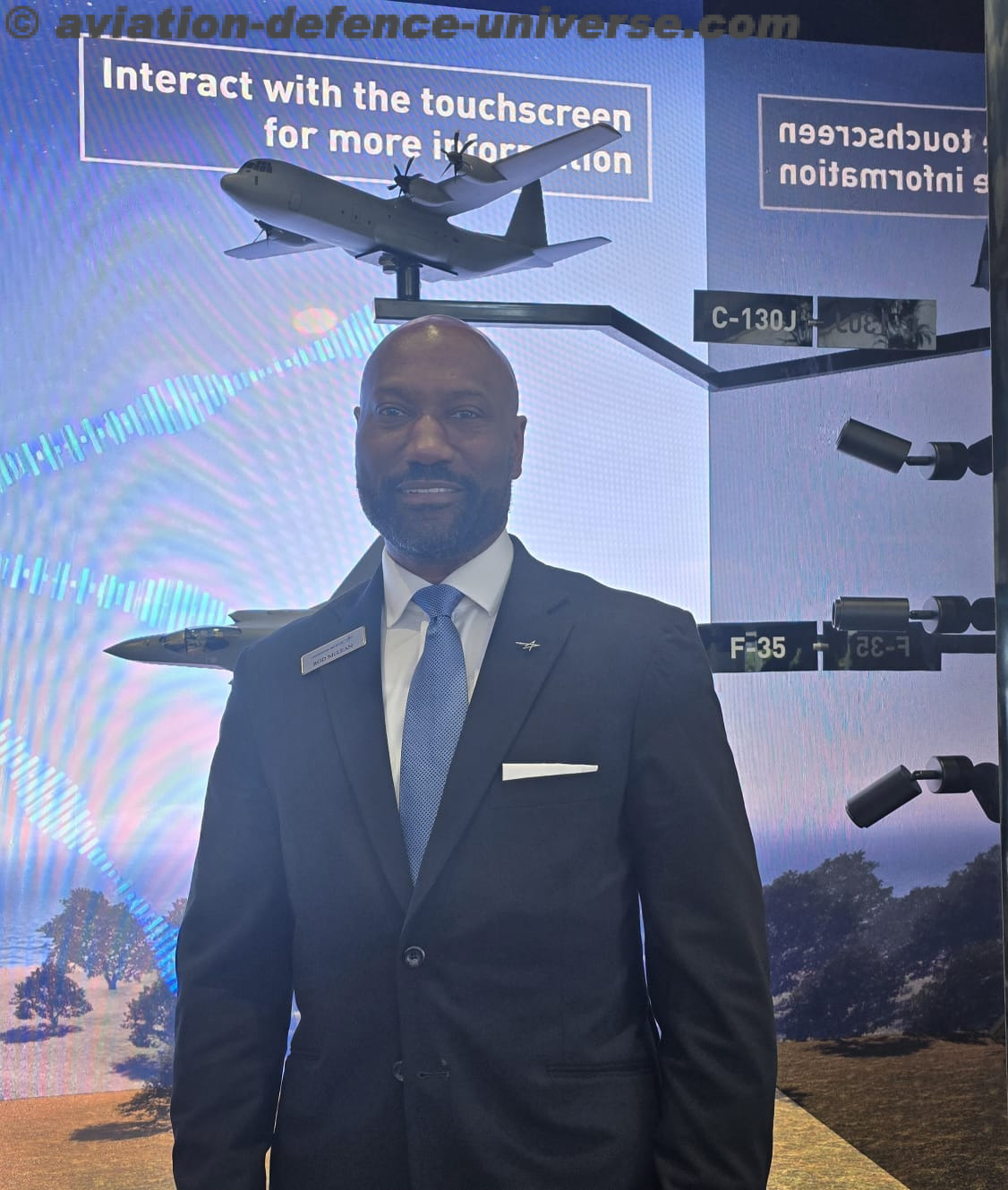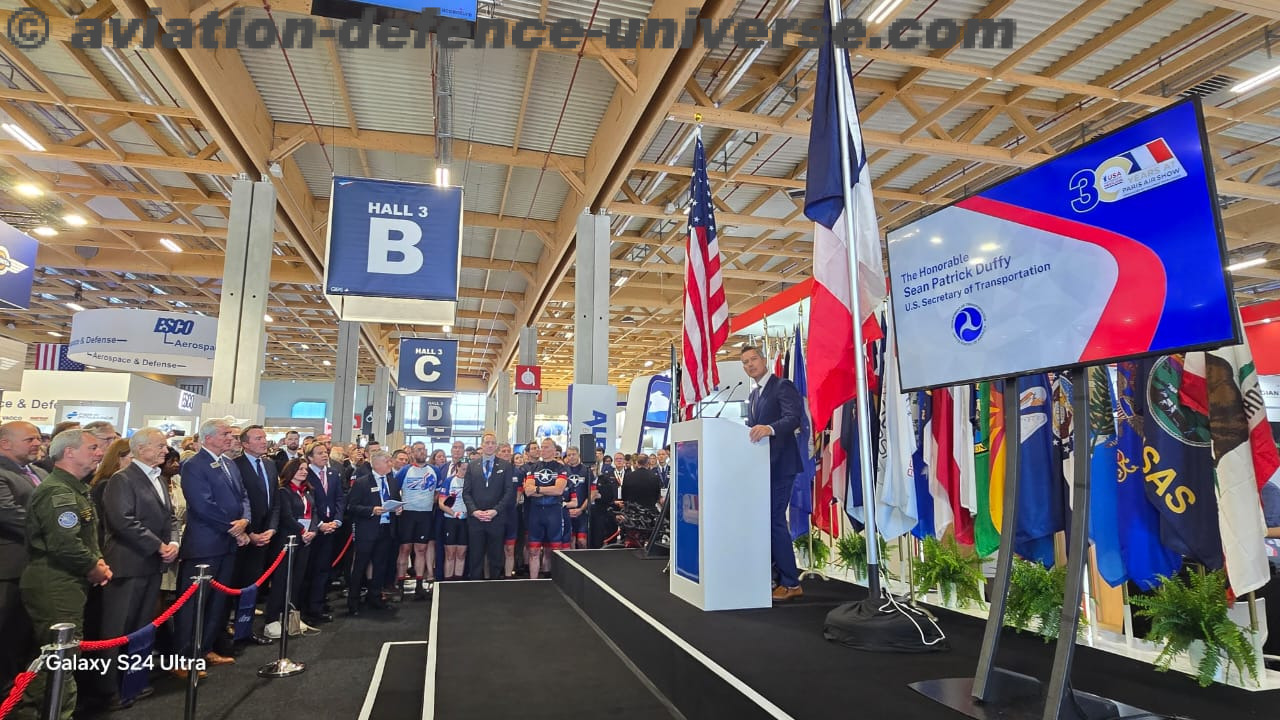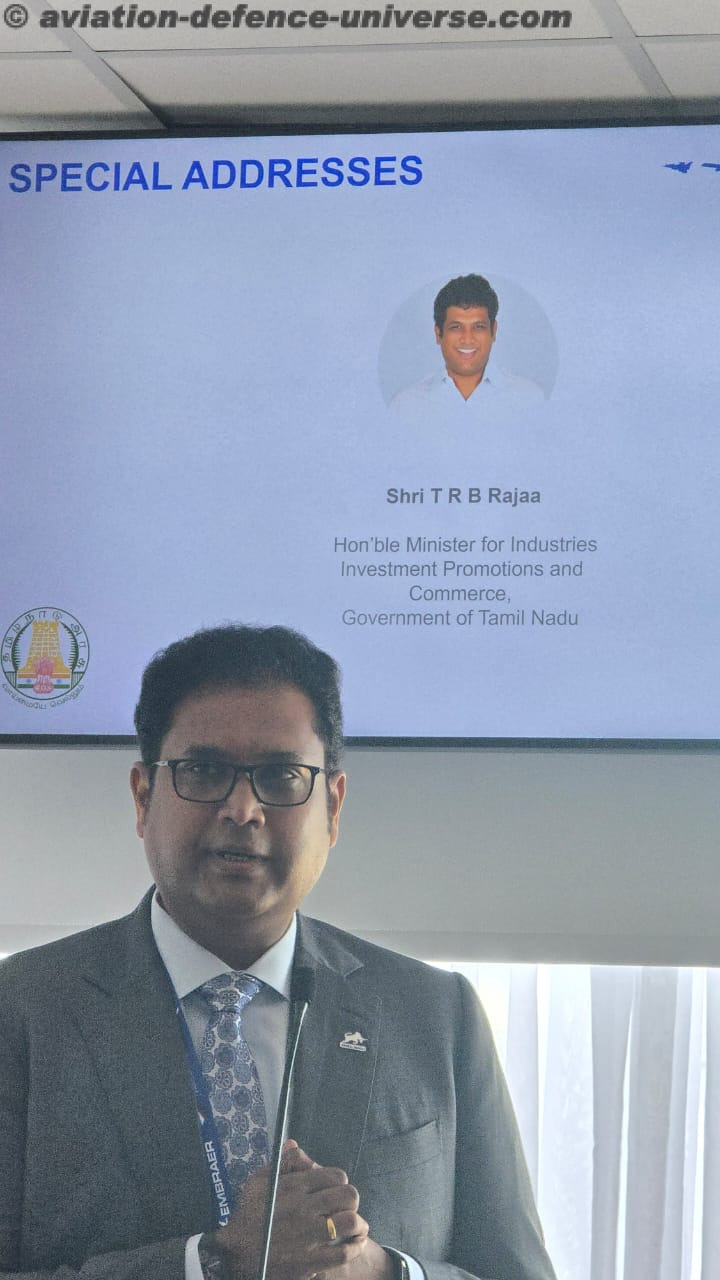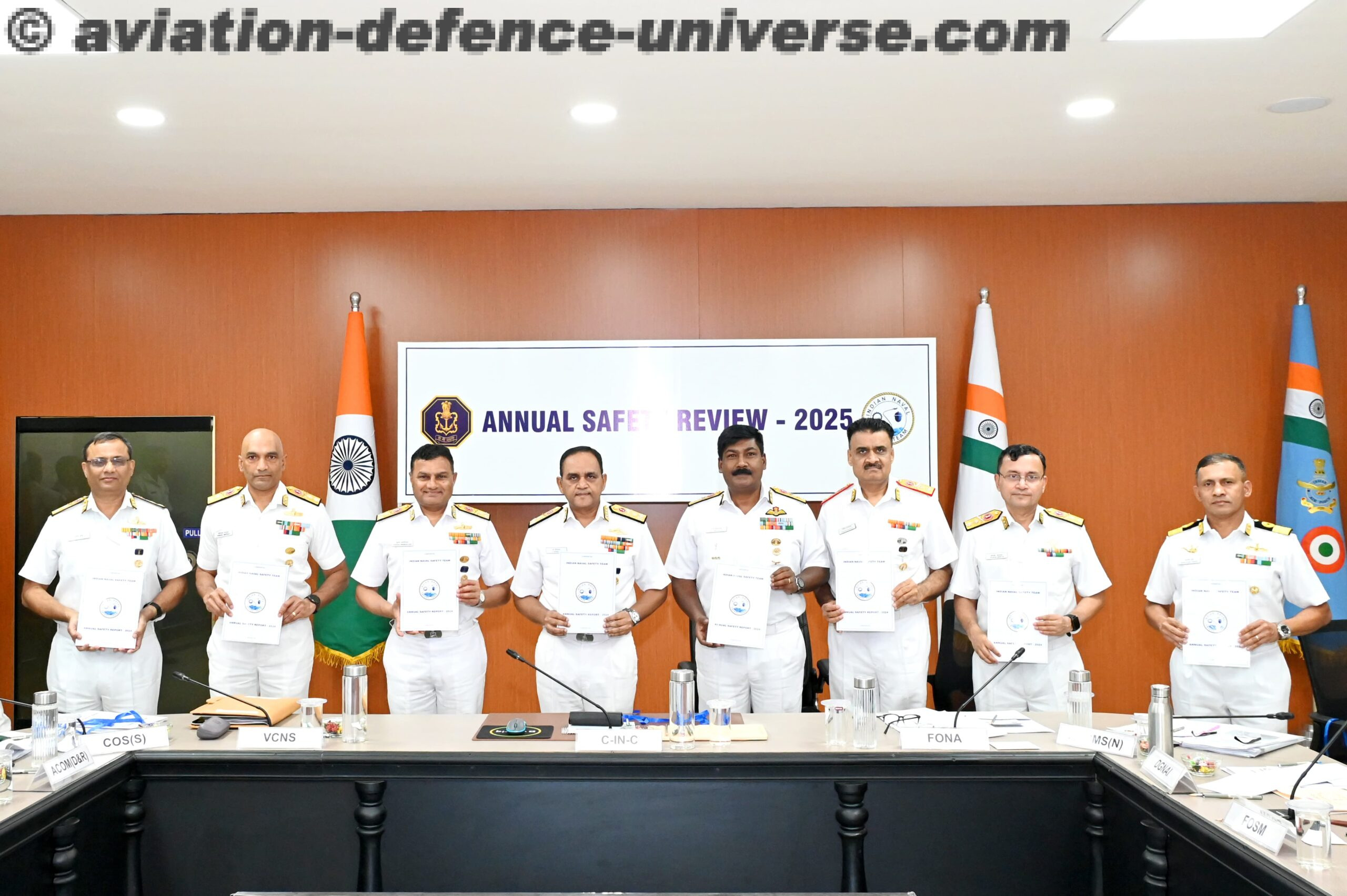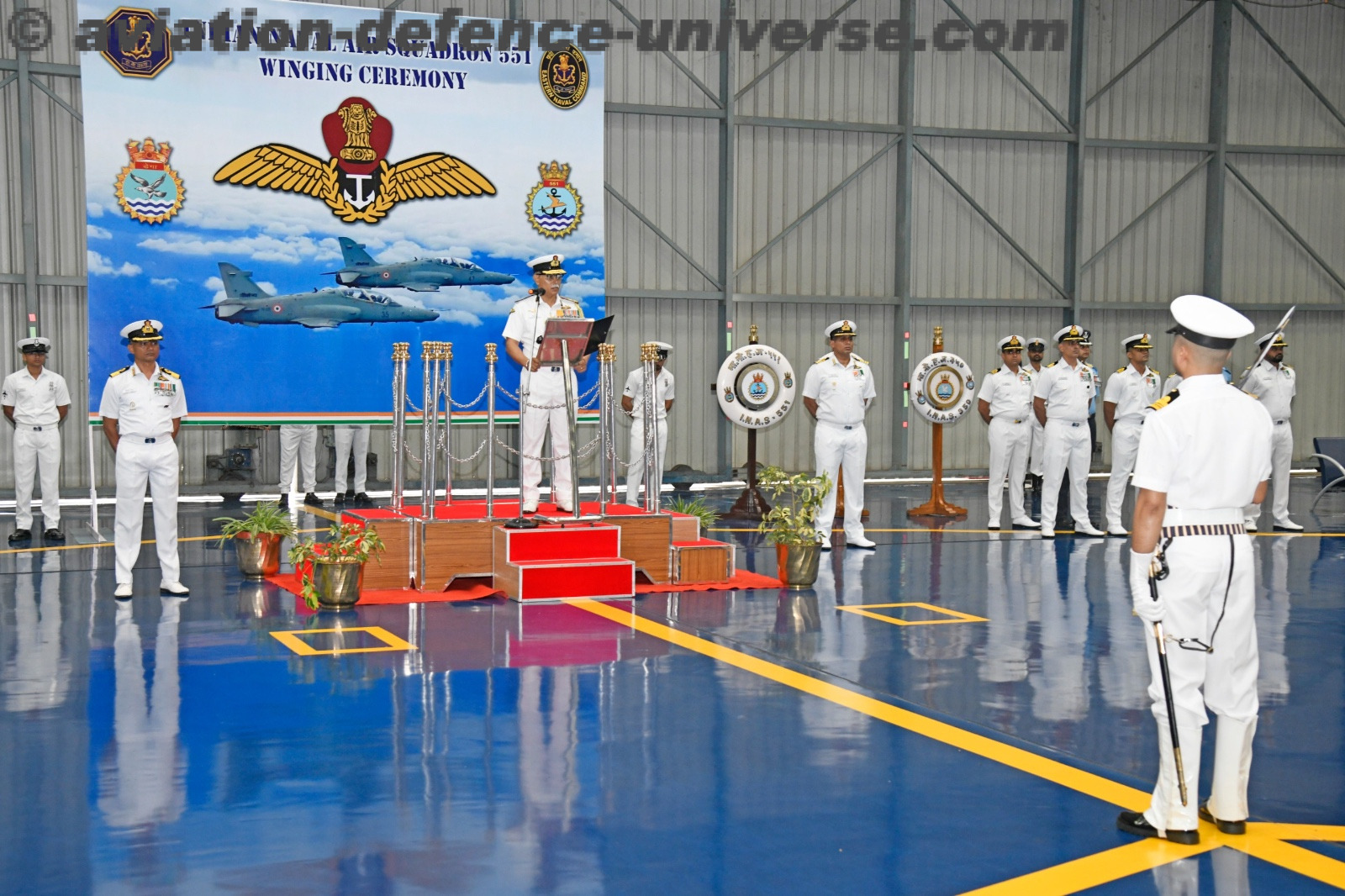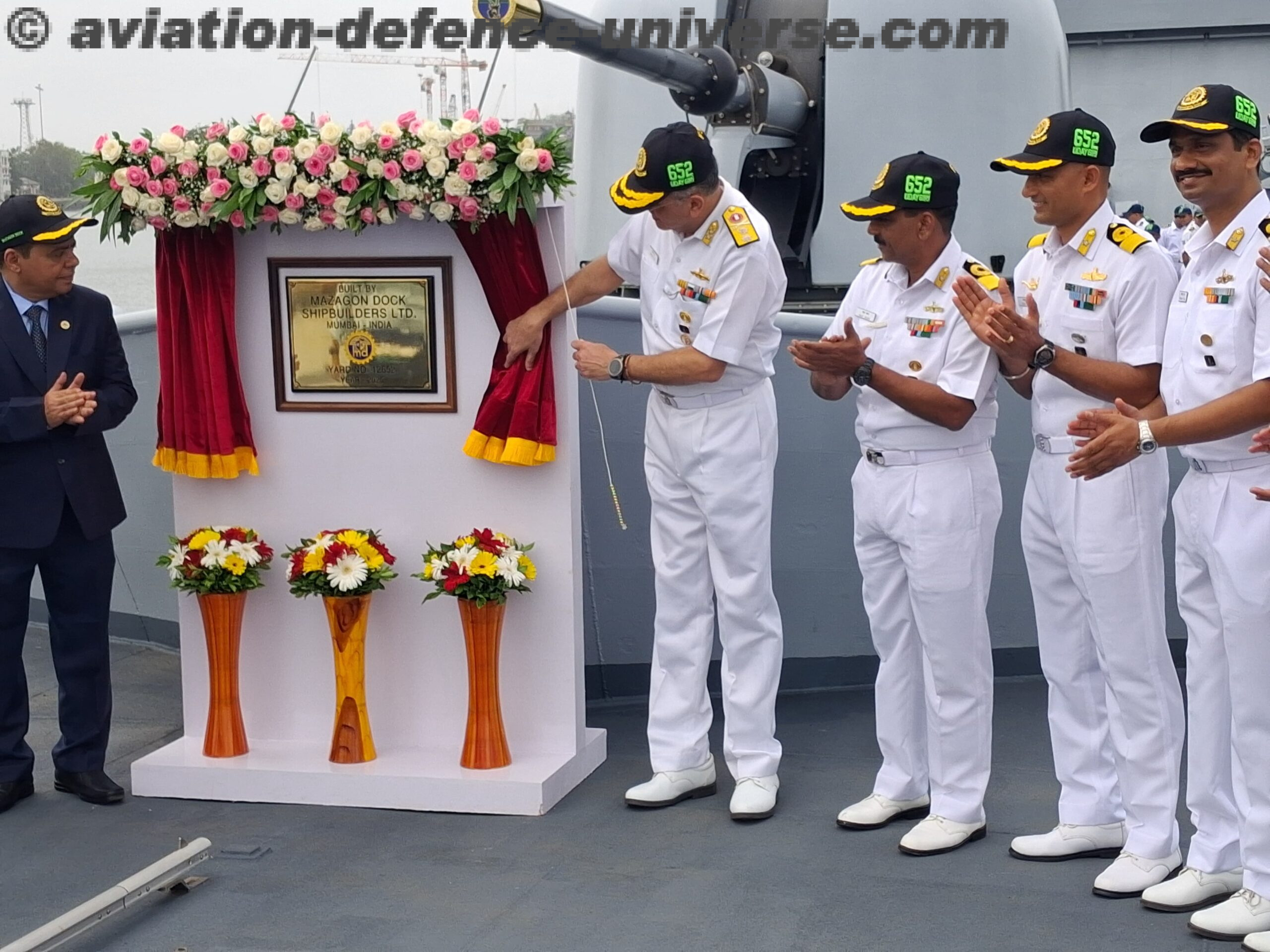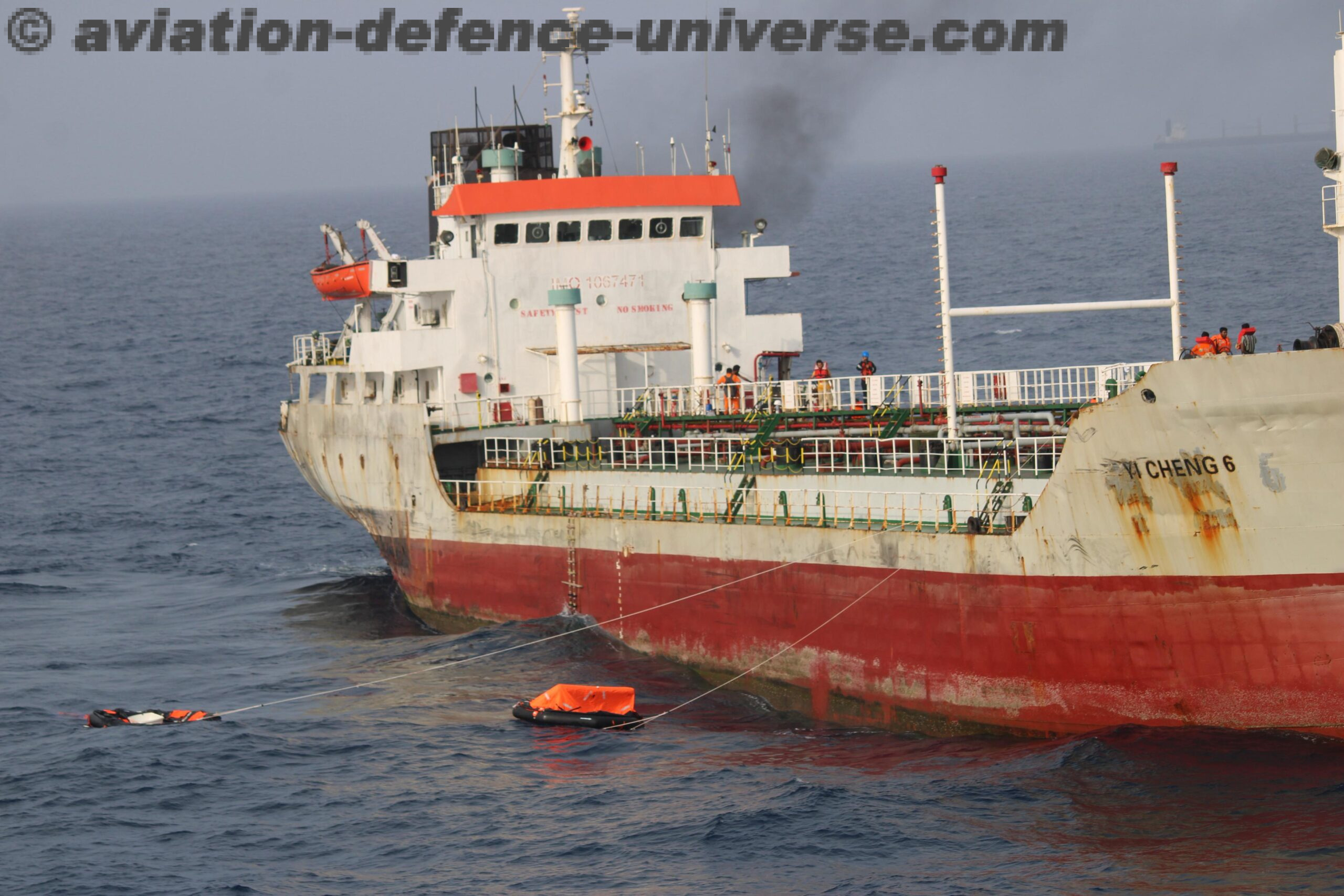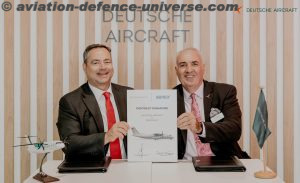 Airbus saved the best to last taking the crown for the biggest order of the week in terms of volume on the penultimate day of the airshow. It revealed an agreement with Saudi carrier flynas for 75 A320neo and 15 A330neo aircraft. Sponsored by Radia.
Airbus saved the best to last taking the crown for the biggest order of the week in terms of volume on the penultimate day of the airshow. It revealed an agreement with Saudi carrier flynas for 75 A320neo and 15 A330neo aircraft. Sponsored by Radia.
Airbus saved the best to last taking the crown for the biggest order of the week in terms of volume on the penultimate day of the airshow. It revealed an agreement with Saudi carrier flynas for 75 A320neo and 15 A330neo aircraft.
They say when it rains, it pours…
And while the heaven’s might have opened on day four, it was more a case of “singing in the rain” for the UK’s aviation and defence sector, for which the future is looking bright.
In a time of increased geopolitical tension, the Global Combat Air Programme (GCAP), a trilateral partnership between the UK, Italy and Japan, has been showcasing a new concept model of its next generation combat aircraft, at this year’s airshow. Jonny Moreton, future combat air systems director partnership and exports, BAE Systems, told Aerospace Global News that the three nations are working towards a 2035 planned in-service date for GCAP’s Tempest.
“We’re working hard to understand how we deliver against that timeline. It’s a challenge, but we recognise the risks involved,” he said. “For the last four years, we have been working hand-in-glove to design and understand what a future combat aircraft actually looks like.”
Over in the Space Zone and commenting on how Lockheed Martin is making the UK’s space ambitions a reality, Nik Smith, the company’s space UK regional director, said: “We’re exploring how we can help the nation achieve its ambitions in the future of space, by developing skills and launches out of the UK. We’re also looking at deeper technology offerings and requirements as the UK and global sector expands.”
On what is one of his first outings as the UK’s new aviation, maritime and security minister, Mike Kane, opened the Global Urban & Advanced Air Summit (GUAAS), which this year is co-located at Farnborough International Airshow. “The golden era is before us, not behind us,” he said referencing the potential for advanced air mobility (AAM) to drive growth and opportunity in the UK. “By 2030, we could see the drone industry adding £45bn to our economy while offering 650,000 jobs.”
Also speaking during GUAAS, Kerissa Khan, former president of the Royal Aeronautical Society, reinforced the need for stakeholders across both AAM and the wider aviation sector to collaborate. “These two worlds need to connect because all these aircraft will operate in the same aviation environment and will use the same ecosystem of players. We cannot move forward if we develop in silos, so it’s vital we bring these two worlds together,” she said.
Meanwhile, Radia an energy company laser-focused on radically expanding the scope and scale of onshore wind, is building the world’s biggest plane. WindRunner is designed to deliver GigaWind, Radia’s gigantic wind turbine blades which could measure in excess of 100m, to prime onshore windfarms more efficiently.
Talking to Aerospace Global News about the development of this ambitious aircraft and the role it will play in transporting turbines, Mark Lundstrom, CEO Radia, said: “The challenge is you cannot currently distribute a turbine as big onshore as you can offshore. We are developing the world’s largest aircraft to overcome that challenge. WindRunner has 12 times the volume of a 747, but despite its large size is being designed to land on short dirt strips to deliver the payload within the contours of wind farms.”
With the final day looming, the attention now turns to the next generation for Pioneers of Tomorrow and we look at diversity as we explore how women are rising through the ranks in the aviation sector. Don’t forget to tune in then for our interviews with UK astronaut Dr Rosemary Coogan and Virgin Atlantic pilot, Captain Lorna Hutchings.




















